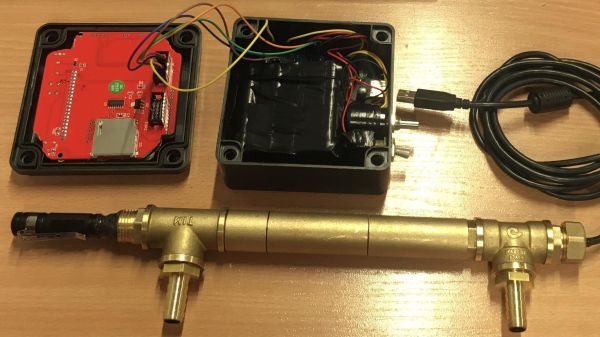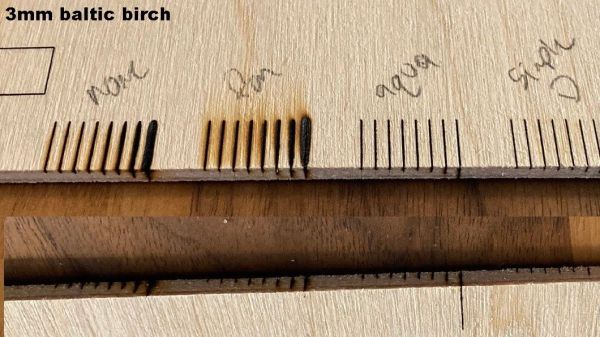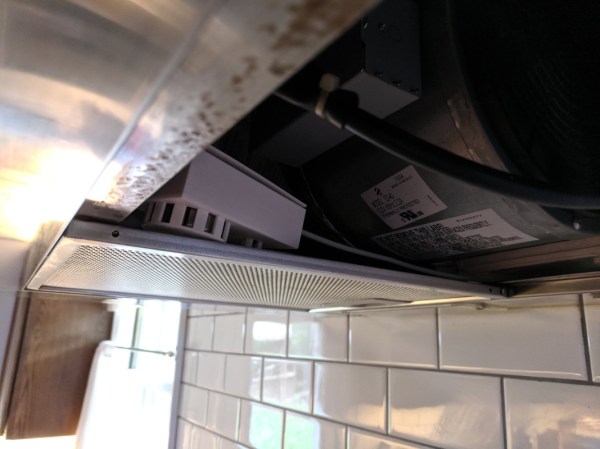Halloween may be over for another year, but UFOs in your yard are cool year-round. This one might take the cake. [frydom.john]’s excellent UFO is fully programmable and contains about 2000 addressable RGB LEDs, smoke, a laser-lit ramp, and of course, an alien crew.
Under the hood of the wooden frame, you’ll find a Teensy 4.1 running the blinkenlights. There’s also a hacked smoke machine, because what’s a UFO without smoke or fog emanating from underneath? There are six PC fans to blow it around and recycle it, and the ramp runs on a linear actuator.
[frydom.john]’s project notes (PDF), which they refer to as ‘scrappy/hacky’ are also available. We beg to differ a bit on the scrappy/hacky part; it’s 60 pages long and full of photos and diagrams and charts. Even so, it may not be enough for you to replicate this extraterrestrial vehicle, so [frydom.john] is open to questions. Be sure to check this thing out after the break.
Want to have your UFO lift off of the ground? It’s possible with the Coandă effect.


















